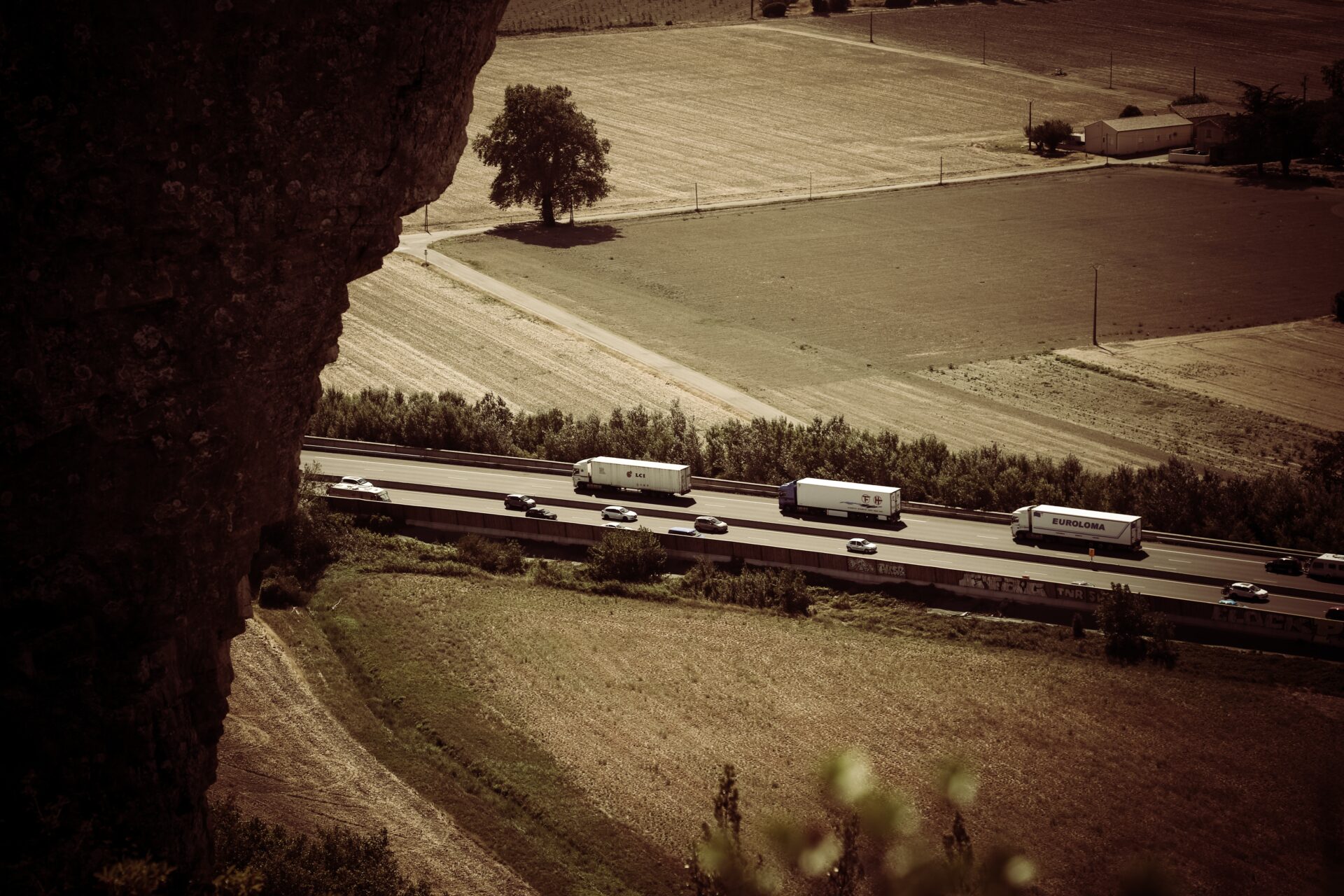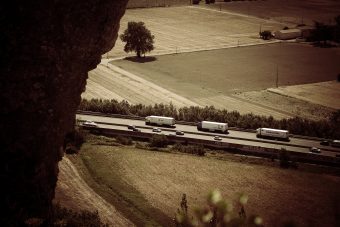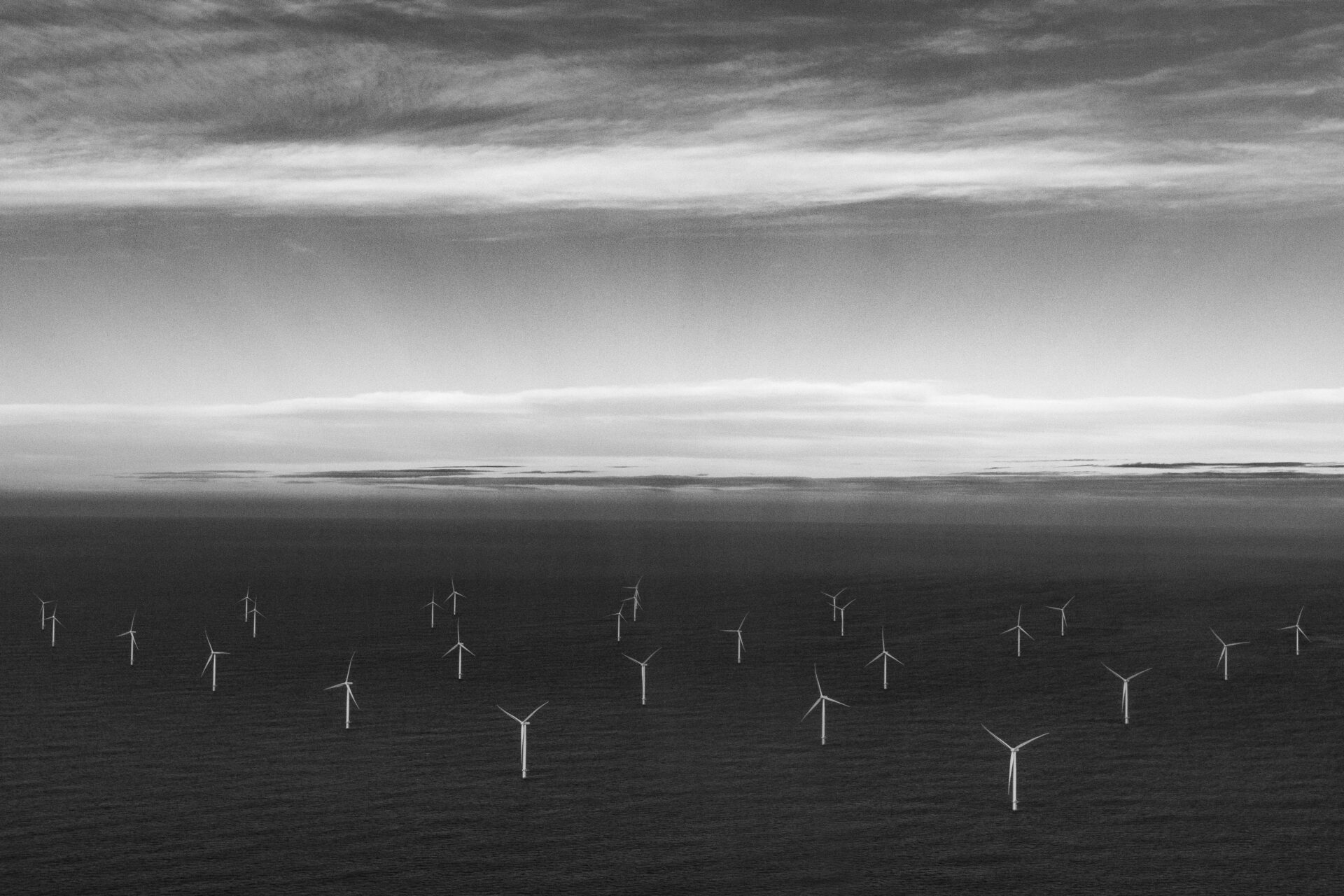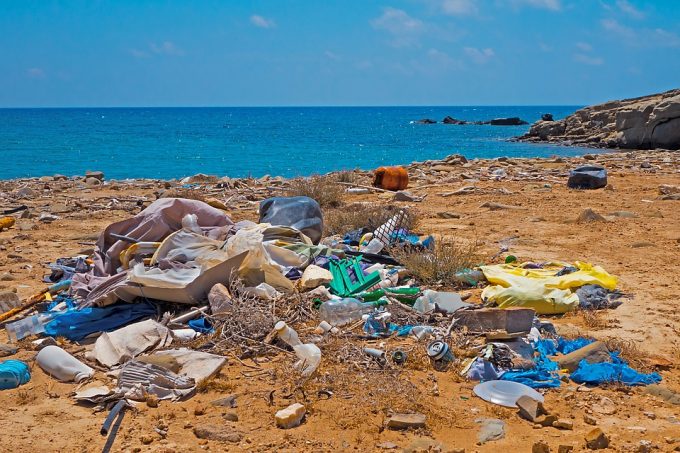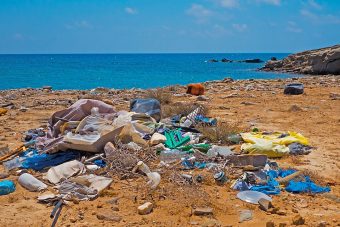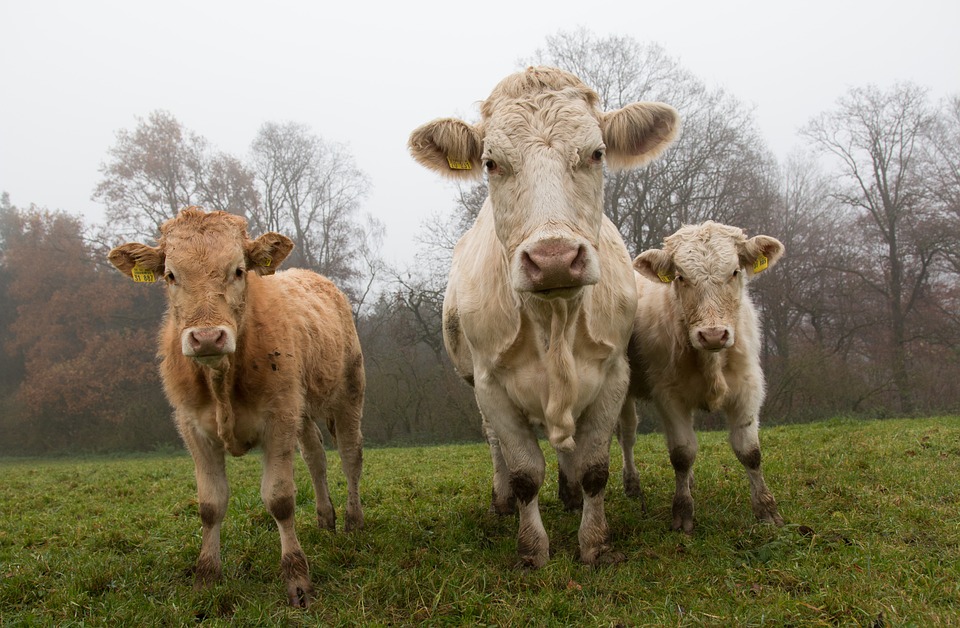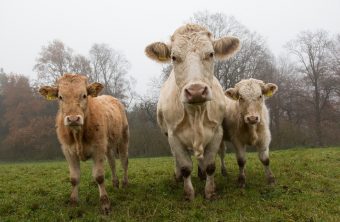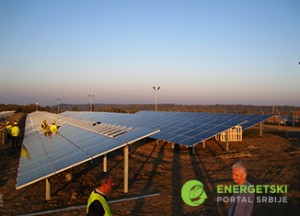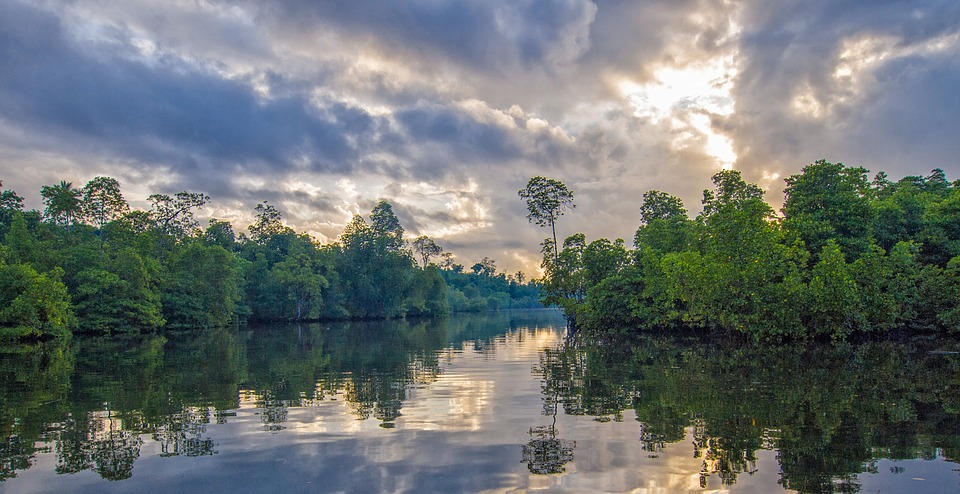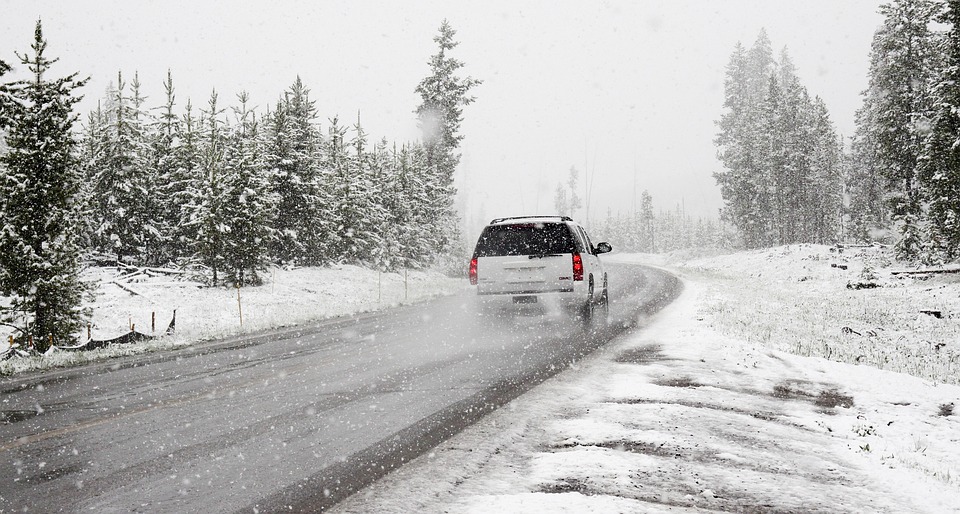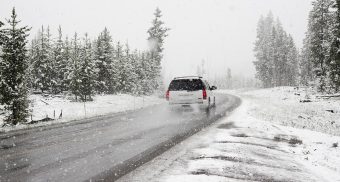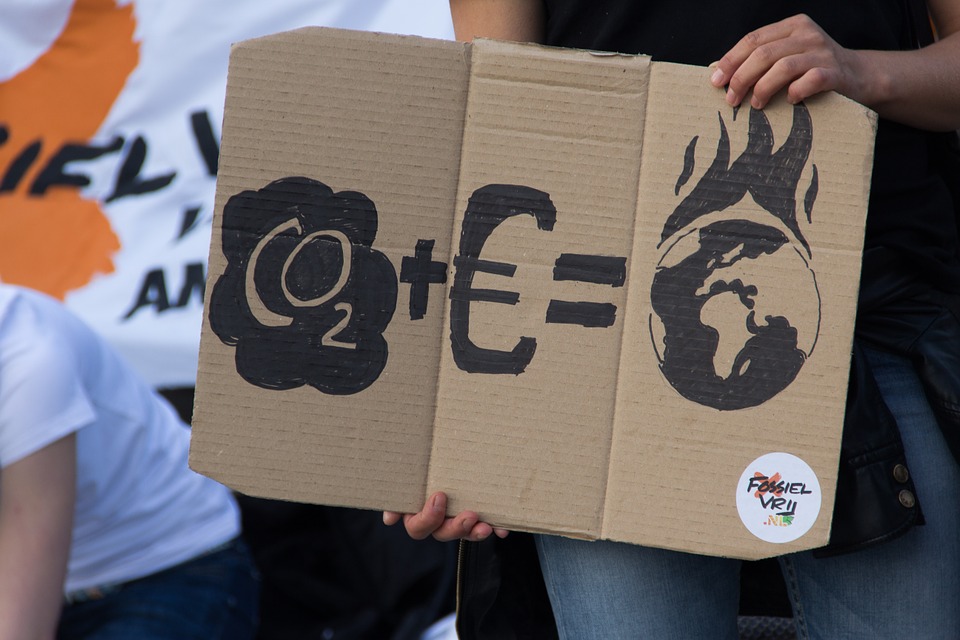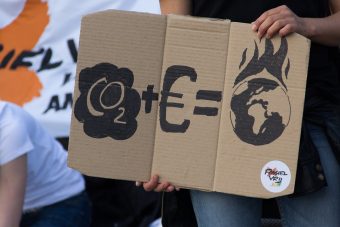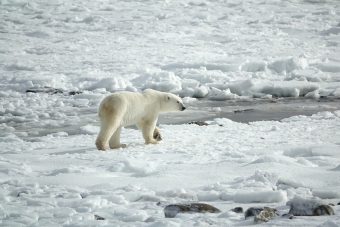
Global decarbonisation could turn fossil fuel-reliant economies into ‘stranded nations’ unable to unlock the value of carbon-based assets and infrastructure.
These are the findings of a new World Economic Forum study, which shows the world’s sovereign wealth funds collectively own $8 trillion (£6.1tn) in assets but currently invest just 0.19% of this figure in green energy.
It says economies that are heavily dependent on fossil fuel resources with more than 10% of their total wealth based in carbon assets could become “stranded” – it says they must act now to develop the “human capital and economic diversification” to continue to thrive.
The report acknowledges some fossil fuel-dependent countries have already begun to diversify their economies for impending energy changes but notes progress is slow.
It says this could pose a serious problem because as much as three-quarters of energy is expected to come from green sources by 2050.
Maha Eltobgy, Head of Shaping the Future of Long-Term Investing, Infrastructure and Development at the WEF, said: “To protect their economic futures, countries whose economies rely on fossil fuels need to prepare now for the impending global shift away from these resources.
“The resource dependent, fossil-fuel-rich nations that have diligently-built large sovereign wealth funds to manage the economic challenges of the Age of Oil must now consider how to use this vast wealth to prepare for the Age of Green Energy.”
Source: Energy Live News



